- Disbudding
- Maturing
- Bottling
- Ploughing
- Planting the young vines
- Canopy management
- Prepping the cellars
- Harvesting
- Winemaking
- Maceration
- Fermentation
- Maturing
- Take delight!
- Vine replantation
- Pruning
- In the cellars
-
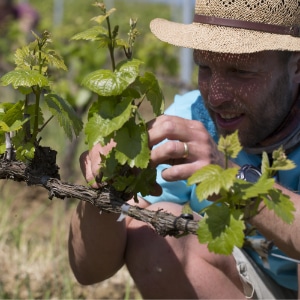
Disbudding
This practice consists of removing some buds or young shoots, which helps to decrease the foliage and redirect the sap to the fruiting canes bearing the future grapes.
-
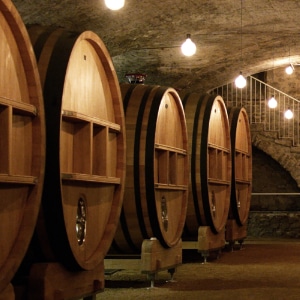
Maturing
In the cellars, the wine is matured in casks, vats or oak barrels.
-
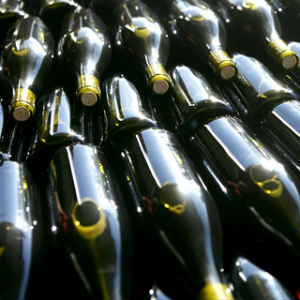
Bottling
The previous vintage is bottled just before summer.
-
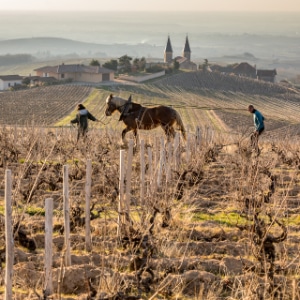
Ploughing
Ploughing the soil is essential in order for the vines to grow properly. It gets rid of the grass around the plants, aerates the soil and helps water to penetrate better, but above all it fosters life in the soil. Débuttage (removing the mound of earth around the plants) aerates the soil and griffage (turning the soil over) destroys the weeds. Throughout the season, grassy plots of land sometimes need to be mown several times.
-
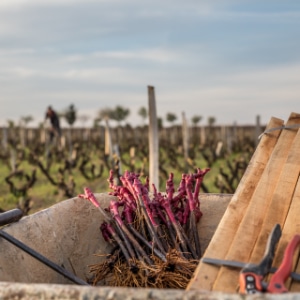
Planting the young vines
The young vines are planted from mid-March to mid-May depending on the grower’s soil.
-
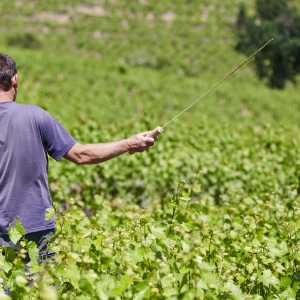
Canopy management
‘Tipping’ consists of cutting the excess vegetation to induce fructification and input. By improving the sun exposure and the compactness of the bunches, tipping allows the grapes to ripen nicely. Trellising, or tying up, consists of raising the vine foliage to expose as much of its surface as possible to the sun and protect the bunches from soil humidity.
-
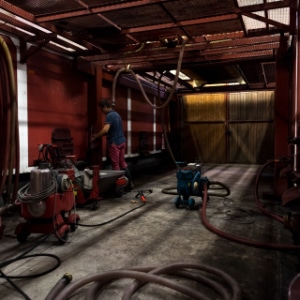
Prepping the cellars
The winemaker is busy making sure the vat room is ready to handle the arrival of the next harvest: the vinification equipment, from vats to press, is cleaned and checked.
-
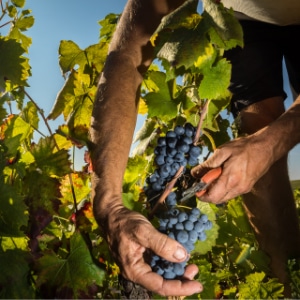
Harvesting
For 10 days or more, with baskets on their backs, clippers in one hand and a bucket in the other, grape pickers roam the Beaujolais vineyard plots to harvest the precious grape bunches that will make the next red, rosé and white wines!
-
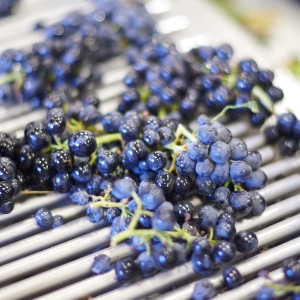
Winemaking
Throughout the harvest, the grapes picked a little earlier in the day arrive in the cellars. Then comes the vinification process whose methods depend on choices made by the winemaker.
-
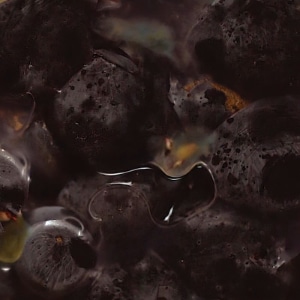
Maceration
The grapes will then be put into vats for the maceration stage. Traditional “Beaujolais” winemaking is unique and emblematic of the region, offering fruity, aromatic and crisp wines. It consists of semi-carbonic maceration. At the bottom of the vat, the settling of the bunches brings about the release of juice and a yeast-induced alcoholic fermentation is either triggered spontaneously or supervised. The alcoholic fermentation releases carbonic dioxide responsible for hypoxia in the atmosphere, which induces an anaerobic process in the intact berries at the top of the vat (intracellular fermentation that gives the wines their fruitiness). At the end of maceration, the juice is run off.
-
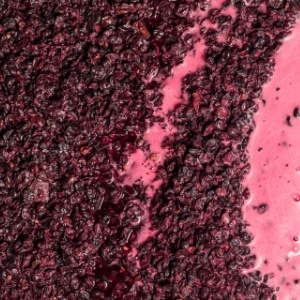
Fermentation
Alcoholic fermentation is a phase that gets the growers full attention. They accompany the process by pumping over, punching down the cap and pressing. All of these techniques are aimed at promoting the extraction of tannins, which provide the wines with structure and ageing capacity. Afterwards, the juice accumulated at the bottom of the vat is drawn off. It is called ‘free-run juice’, then the bunches are pressed, resulting in press juice. Both are combined and finish fermenting together.
-

Maturing
Next comes the maturing phase during which the wine will reach maturity. Ageing conditions also depend on choices made by the winemaker (vats in inert materials or wood).
-
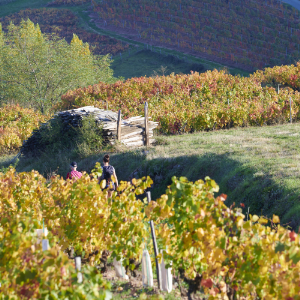
Take delight!
In the vineyards, the work has been completed and the winemaking process is underway. The vintage is evaluated and planning begins for the next one.
-
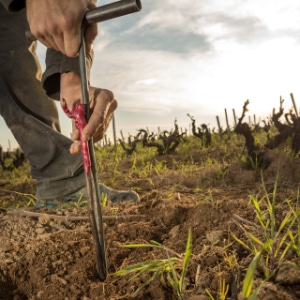
Vine replantation
This practice known as rebrochage in the Beaujolais region, consists of removing the dead vine stocks in a plot, and replacing them with young seedlings planted alongside the remaining productive ones.
-
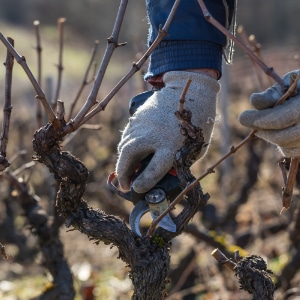
Pruning
Done between November and March, pruning helps to control the quality and quantity of the fruit produced by each plant. In the Beaujolais region, gobelet pruning is the most commonly used system. The vine stocks are pruned short and given a crown shape. In the vineyards, single cordon pruning is becoming increasingly popular as a means to adapt more effectively to climate change and environmental standards. This is also the time of year when plot maintenance is done (replacement of broken wires and stakes).
-
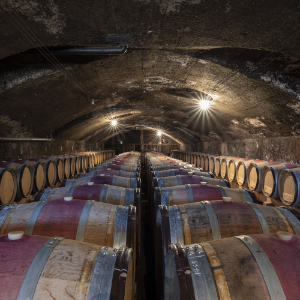
In the cellars
The wines continue to mature and will have to wait patiently, at least until spring. Growers may also opt to mature their wines longer to allow them to reveal their full potential.